1. Trade Slow Blinks
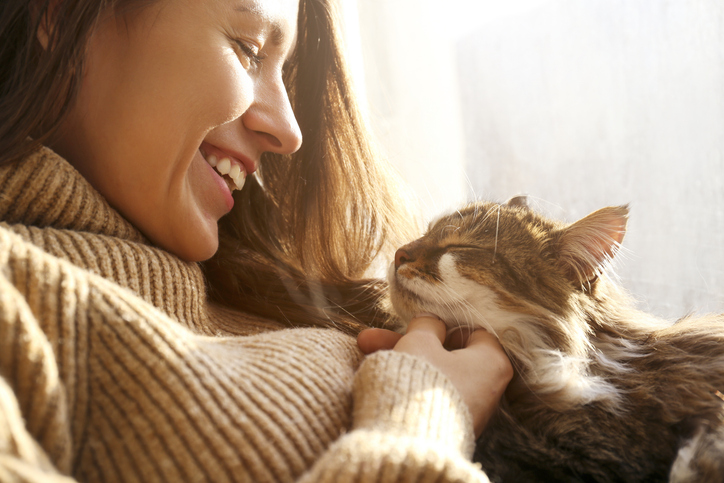
You blink slowly to say “you’re safe.” When your cat blinks back, that’s their way of saying, “I feel the same.” There’s something peaceful about sitting quietly with your cat and realizing they’re watching you too. When you blink slowly, you’re telling them they can trust you. It’s cat language for calm. Each shared blink strengthens your bond and tells them you’re not a threat. It’s not about words but connection. Keep doing it often, and you’ll notice how your cat softens around you. Sometimes, the smallest gestures create the loudest understanding between two different hearts.
2. Respect the Gaze
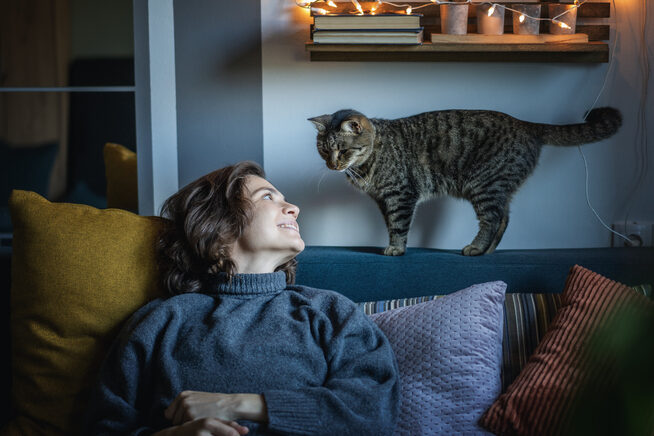
Gentle glances show trust. Hard stares show challenge. If your cat looks away, understanding means you look away too. Cats read body language better than words, and a steady stare feels like a confrontation to them. Soften your eyes and shift your gaze when they do. You’re telling them, “I respect your comfort zone.” Over time, this quiet exchange builds deep trust. It’s how they know you understand their boundaries without ever needing to speak. True companionship starts with mutual respect, and in the world of cats, eye contact speaks louder than anything you could ever say.
3. Hear the Hello Trill
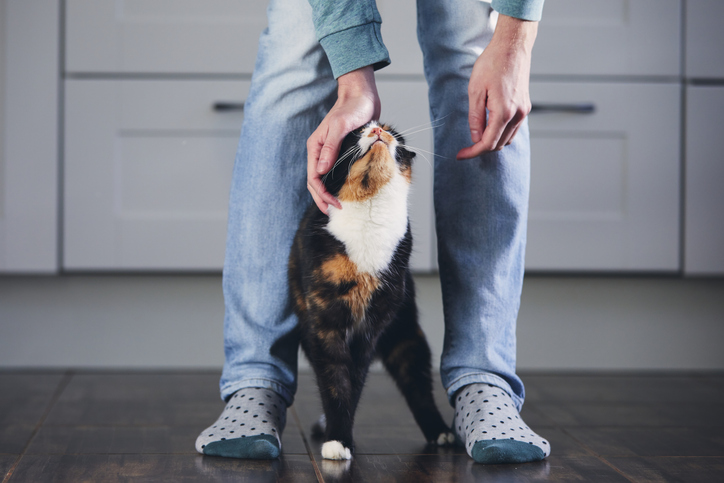
That rolling chirp-meow is often a friendly greeting. Answer softly so they know you’re listening. When your cat trills, it’s their way of saying, “I’m happy to see you.” You can respond with a gentle voice or a soft “hi.” It might feel silly, but it shows them you’re tuned in. Cats love being acknowledged in their language, and this small effort creates connection. Every trill they make invites a response. Over time, these short exchanges become your daily conversations. It’s a simple way to build trust and remind your cat that you’re part of their quiet world.
4. Decode the Tail
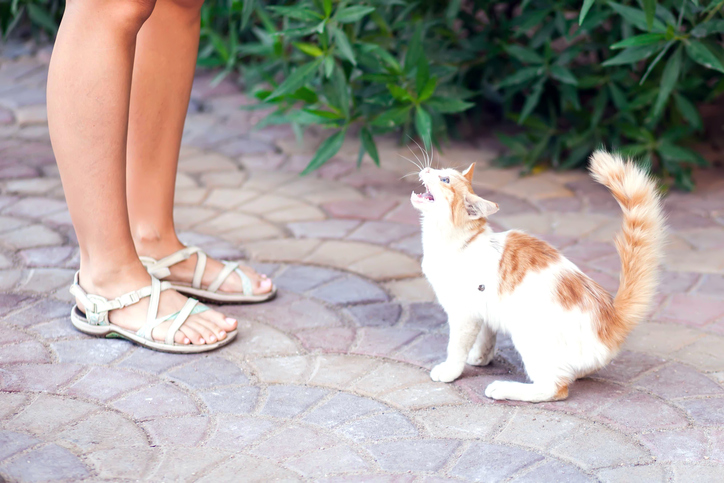
A high tail says joy, a twitching tip says irritation. Watch carefully because they’re spelling out their mood. Your cat’s tail is like a language book filled with emotion. When they hold it tall and straight, they’re confident. When it trembles slightly, it’s excitement. But if it flicks sharply, they’re annoyed or overstimulated. Learning this silent code helps you respond kindly. A calm tone or a soft pet can ease tension before it grows. Understanding the tail means you’re reading their heart in motion, one flick at a time, and that creates a bond built on empathy and patience.
5. Accept the Head Bump

That forehead nudge is cat for “you’re mine.” Return it with a gentle rub to keep the conversation going. When your cat bumps their head against you, it’s not random affection. They’re sharing their scent, marking you as safe and familiar. It’s a moment of pure trust. You can lean in slightly or give a slow blink in return. It’s how they know their love is received. These small gestures mean more than loud words ever could. In their quiet way, cats remind us that love isn’t shouted; it’s whispered through warmth, closeness, and the softest touches.
6. Read the Purr in Context

Purring can mean bliss or stress. Relaxed paws mean happy. A tense body means comfort-seeking. True understanding means noticing the difference. When your cat purrs, listen closely to what their body is saying too. A loose posture means joy, but if they’re curled tightly or alert, they may need reassurance. Not all purrs are the same. Some are comfort sounds, some are healing. The best way to know the truth is to watch and feel. When you notice what lies beneath the purr, you learn to care in ways that truly speak to their quiet hearts.
7. Listen With Your Eyes
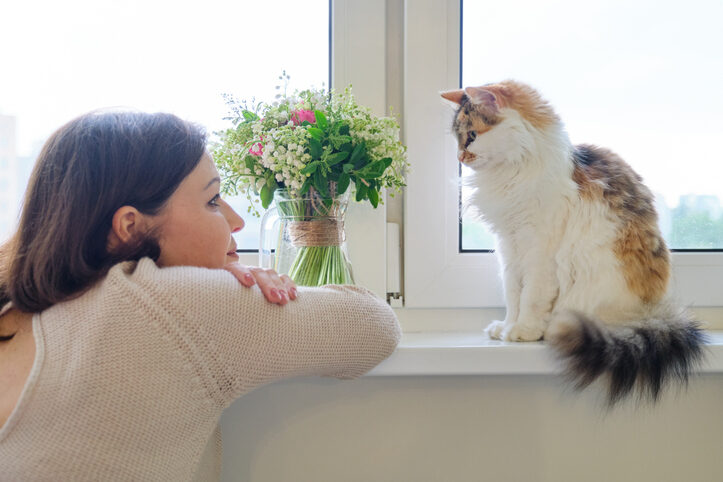
Forward ears mean curiosity. Flattened back means warning. Their ears talk even when their mouth is quiet. Cats use their whole bodies to communicate, but their ears are like emotional antennas. When they’re pointed forward, they’re relaxed or exploring. When pulled back, they’re asking for space. Paying attention to these tiny details can prevent misunderstandings. It’s how you show that you care about their comfort. The more you notice, the easier it becomes to understand their moods. Listening with your eyes means tuning in without words and that’s the kind of understanding cats truly value.
8. Honor the Quiet Moments
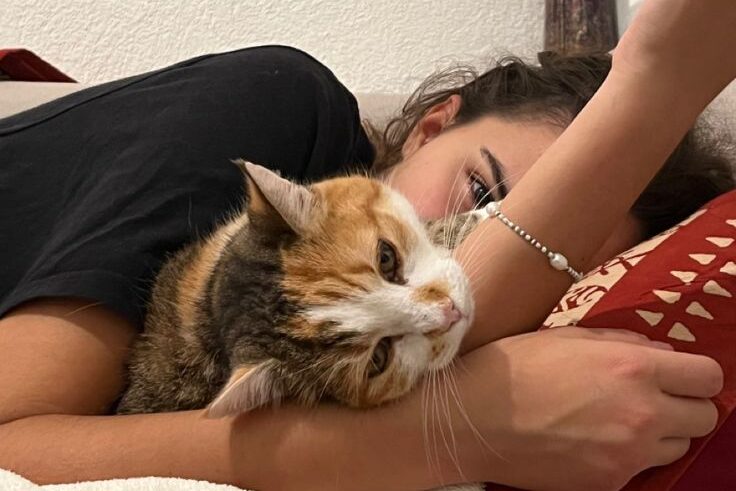
A cat that naps beside you is saying, “I trust you.” Silence is still a full sentence in Cat. When your cat curls up near you, they’re choosing peace in your presence. That’s their way of saying you’re part of their safe zone. Cats don’t share space lightly, so when they do, it’s the highest form of affection. You don’t have to pet or speak. Just being there is enough. These quiet pauses create invisible threads of connection. Trust is built not through grand gestures, but through the comfort of simply existing together in stillness.
9. Mirror Their Timing
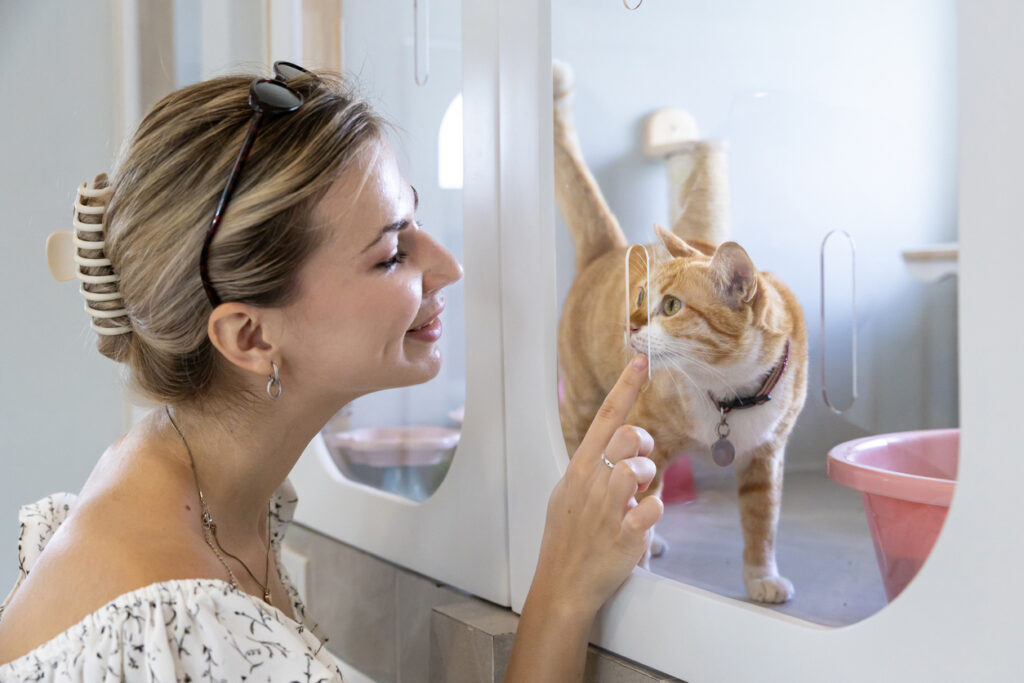
Cats often blink, pause, and turn away. Match their rhythm and it feels like real dialogue. When you move or respond in sync with their pace, it tells them you’re tuned in. If they glance away, do the same. If they stretch and relax, follow suit. It’s a subtle dance of respect. Mirroring their rhythm creates calm energy and harmony. It shows you’re not rushing them or demanding interaction. Over time, they start responding more openly. It’s like learning a secret language that only patience can teach and understanding becomes something you feel, not force.
10. Watch the Moves
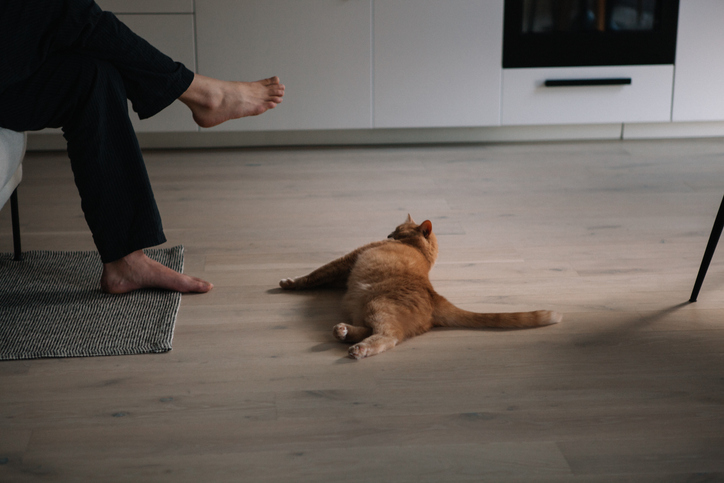
A slow approach is an invitation. A quick swat means “not now.” Movement is as clear as words. Cats speak through motion, not volume. A slow walk toward you means curiosity, while a flicking tail or retreat says they need space. Reading these signals helps you avoid stress for both of you. When you honor their pace, you’re telling them you value their comfort. Understanding grows when you treat movement like conversation. Watch the way they shift, stretch, and pause. It’s not random; it’s their quiet way of saying exactly how they feel.
11. Use Your Voice Wisely

Speak softly, higher pitched, and with warmth. Notice how your cat develops “special meows” just for you in return. Cats are sensitive to tone, and your voice becomes part of their emotional world. When you speak kindly, they recognize safety. Over time, they learn the meaning behind your sounds. Each person-cat pair creates a unique pattern of communication. Soft voices build trust, while harsh ones break it. The beauty is that they remember your sound even when you’re quiet. That familiar tone tells them, “You’re home now,” and that’s what understanding truly feels like.
12. The Treat Code
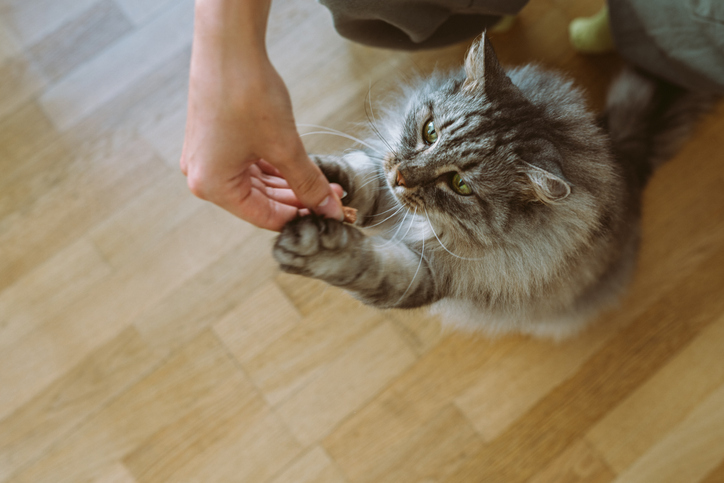
Shaking the bag says “come here.” Their sprint into the kitchen says “message received.” Treats aren’t just snacks; they’re a shared language. When your cat responds, they’re showing that they trust you to keep your promises. Use this moment to connect, not just reward. A treat after good behavior tells them you notice their effort. Over time, even the sound of the bag becomes reassurance. It’s not bribery; it’s bonding. Through this simple ritual, your cat learns that you understand their excitement, and every small exchange strengthens that happy, unspoken friendship you share.
13. Laptop Invasions
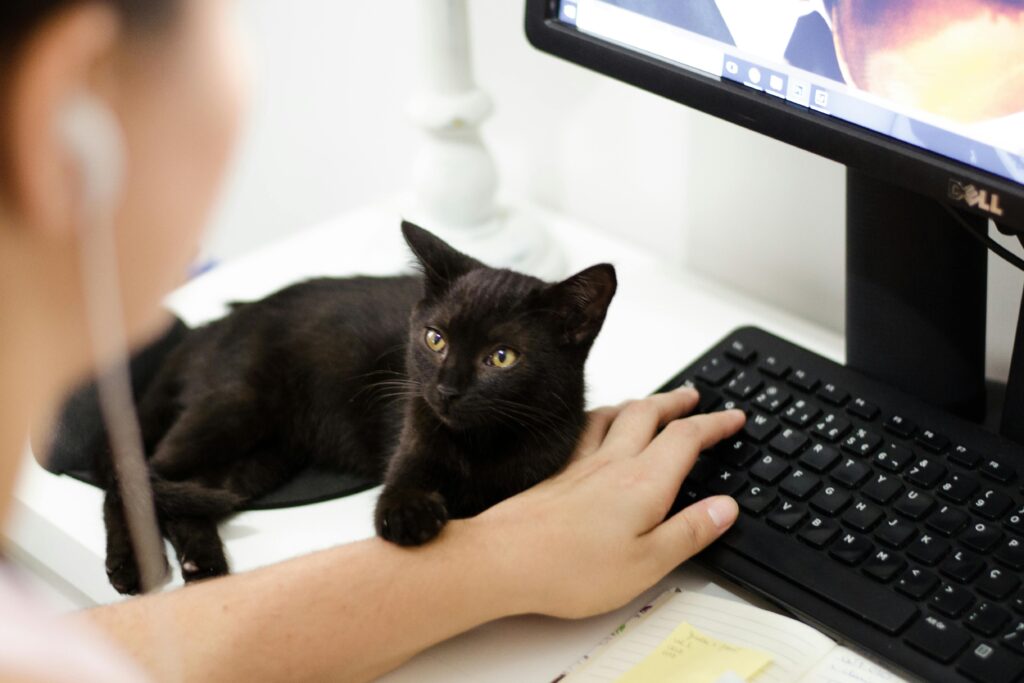
Parking on your keyboard is Cat for “you’re ignoring me.” Closing the laptop is your reply of “I hear you.” When your cat sprawls across your workspace, they’re not trying to stop your productivity; they’re asking for attention. It’s their way of joining your world. You can gently move them aside or take a short break to engage. That small pause reminds them they matter. In the quiet logic of cats, attention means affection. So when they interrupt, see it for what it is: a funny, furry attempt at love disguised as mild inconvenience.
14. Play in Their Language

Wand toys and feather teasers mimic hunting. Joining in says “I understand what you’re built for.” Playtime connects you to your cat’s natural instincts. It’s not just fun; it’s communication. Every pounce and chase is part of a rhythm that speaks of trust and teamwork. When you engage, you’re telling your cat you respect their wild side. Regular play keeps them confident and emotionally balanced. You’re not just keeping them active; you’re creating shared joy. The more you play, the more your bond grows, and each session becomes another little story between you.
15. Reward Their Replies

When they rub, blink, or trill at you, answer with touch or treats. Understanding grows through give and take. Cats communicate affection in many ways, and responding helps them feel heard. A gentle scratch or warm word tells them their gestures matter. These moments strengthen connection and build mutual trust. Relationships with cats aren’t one-sided; they thrive on reciprocation. When you take time to answer their language of love, they learn that communication isn’t just survival; it’s companionship. Every blink or nudge becomes a reminder that you’re both choosing to connect intentionally.
16. Be Consistent With Words
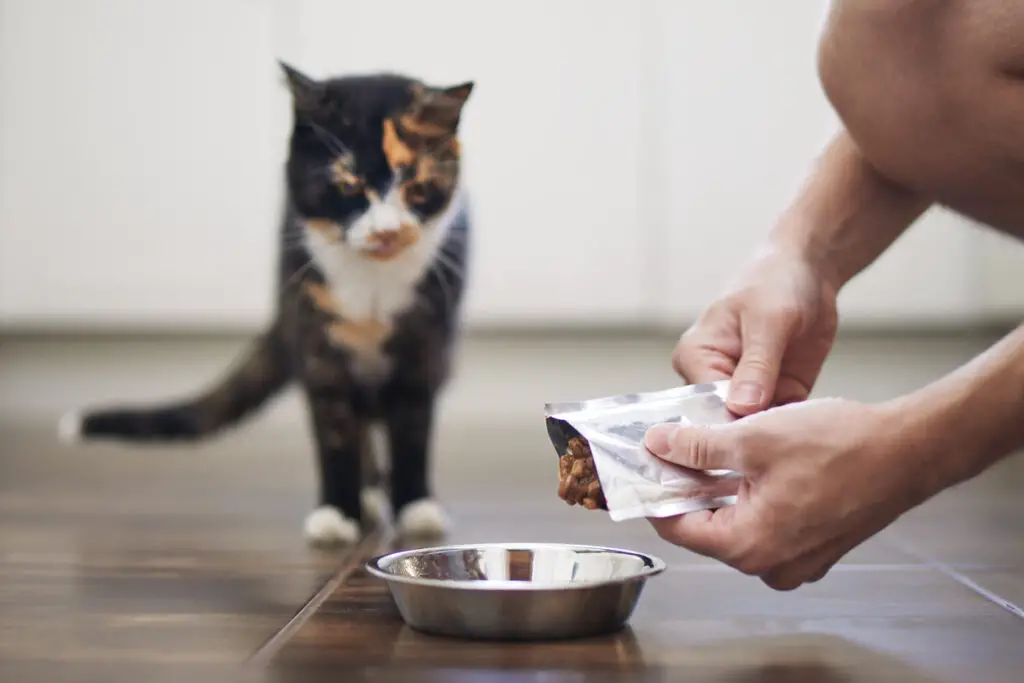
Use the same phrase for food or bedtime. Cats can learn vocabulary, but only if you stay clear and steady. Repetition helps them recognize your cues. Over time, they begin to respond automatically to certain words or sounds. This predictability creates comfort. Cats love routine because it keeps their world stable. Consistency tells them what to expect, and that lowers anxiety. When your tone and timing stay the same, they feel safe. It’s not about training them like dogs; it’s about building gentle understanding through calm, repeated patterns of shared communication.
17. Learn Their Accent

Every cat “speaks” differently. Some are chatterboxes, others subtle. Understanding means studying your cat’s personal style. One might meow softly for food while another communicates with silence or gestures. Pay attention to their rhythms and quirks. Each cat develops habits unique to their bond with you. Learning their accent takes patience and curiosity. It’s about listening beyond sound, noticing body cues, and respecting individuality. The better you know their patterns, the easier it becomes to meet their needs. This kind of understanding turns ordinary companionship into something beautifully personal.
18. Notice How They Study You

Cats decode your footsteps, moods, and habits daily. They’re speaking “Human” just as you’re learning “Cat.” They know the sound of your walk, the tone of your voice, and even when you’re sad. They learn by watching because observation is their language. When you respond with warmth or calmness, they mirror it back. They’re emotional detectives who understand more than they show. Realizing this helps you treat them not as pets but as sensitive companions. They’re not distant; they’re thoughtful in their own quiet, observant way. You’re learning each other constantly without realizing it.
19. The Real Lesson: Pay Attention

Understanding your cat isn’t magic. It’s presence, patience, and noticing the tiny signals they’ve been sending all along. Every blink, rub, and trill is a message waiting for translation. Real connection happens when you slow down and simply observe. You begin to understand them without trying so hard, and they respond with deeper trust. It’s the kind of communication that feels almost spiritual in its simplicity. In the end, the secret isn’t in speaking Cat perfectly; it’s in paying attention and letting love do the rest naturally.
This story 19 Ways You and Your Cat Can Truly Understand Each Other was first published on Daily FETCH


